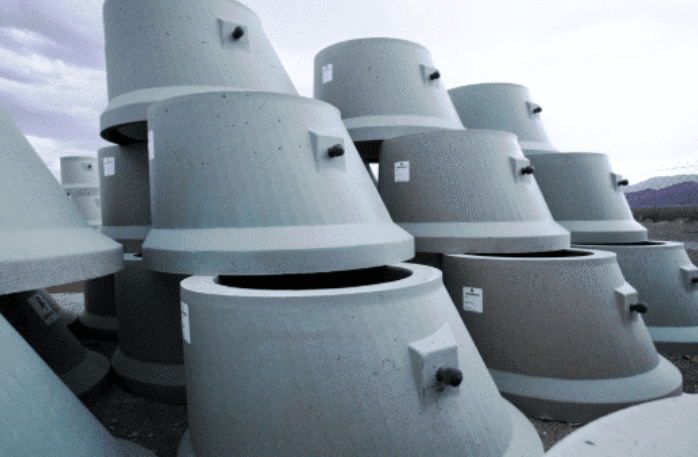Polymer Concrete – The Future of Eco-friendly Concrete?

In the past few years, the world has been witnessing a rapid decline in natural resources, which has pushed many governments to invest in eco-friendly projects. In this regard, one of the most promising areas is the development of eco-friendly concrete. Polymer concrete is one such material that can address some of the shortcomings of traditional concrete and provide a sustainable alternative.
Why Polymer Concrete Is the Future for Eco-Friendly Concrete
Polymer concrete is the future for eco-friendly concrete. It has a lot of benefits, without the many downsides of traditional concrete. It is environment friendly, strong, and long-lasting.
Environment Friendly
Polymer concrete is environmentally friendly because it is made entirely of natural materials. It does not contain cement, which is created by baking limestone and clay at very high temperatures. This process requires a lot of fossil fuels and releases CO2 into the atmosphere. Polymer concrete is also less likely to warp or crack, which means less energy is required to maintain it.
Strong
Polymer concrete is strong because it is a composite material that combines the strength of a cement-based material with a polymer. The polymer can be a thermoplastic polymer, which melts when heated and sets when cooled, or a thermosetting polymer, which sets when heated and doesn’t melt again.
Long Lasting
Polymer concrete is a type of concrete that has polymers mixed in with the concrete. This type of concrete is less likely to crack and does not require extra maintenance. Because of this, it lasts longer than regular concrete. Additionally, polymer concrete is corrosion proof, which means it will not break down when in contact with liquids and acid, making it ideal for long-lasting sewer systems and manholes.
How Does Polymer Concrete Work?
As a result of the high demand on concrete, different materials and new technologies have been developed to make it more sustainable and environmentally friendly. One such material is polymer concrete (sometimes referred to as polymer cement).
Polymer concrete is created by mixing polymers with cement. The polymers make up about 5% of the wet mix on average and this gives polymer concrete some unique properties that you can’t find with traditional concrete, as discussed above.
Uses for Polymer Concrete in Infrastructure
Polymer concrete presents a unique opportunity to improve how we approach current infrastructure challenges given its unique characteristics. Not only can it reduce maintenance requirements, but it can last significantly longer, reducing the overall cost of such projects.
Some current opportunities to use polymer concrete in infrastructure include:
– Polymer concrete can be used in storm water management and wastewater treatment facilities, and in the construction of bridges and other infrastructure projects.
– Polymer concrete can be used as a supportive material for the construction of buildings because the material offers exceptional protection against corrosion and chemical degradation.
By using polymer concrete in infrastructure projects, companies, municipalities, and other local organizations can increase the lifespan of the work they do, reduce the maintenance requirements, and overall save money, allowing for more projects to be completed, making the world a better place for everyone.




